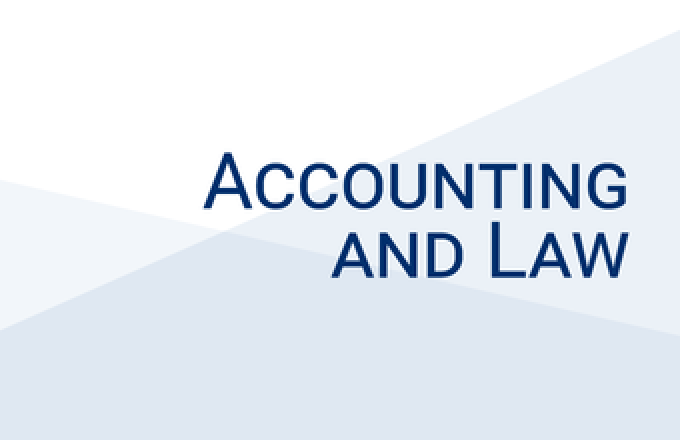
“Peer Effects in Adoption and Usage of Crowdfunding Platforms: Evidence from United States Public School Teachers” by Mr. Baek Jung Kim
Mr. Baek Jung Kim
Ph.D. Candidate in Marketing
Leonard N. Stern School of Business
New York University
Public school education system in the U.S. displays remarkable inequities in resources, a fact exacerbated by the budget cuts after the Great Recession in 2008. Consequently, schoolteachers have had to find alternative resources to fulfill student needs and have increasingly turned to online crowdfunding. This paper examines the adoption, and subsequent usage of Donorschoose.org (the largest crowdsourcing platform in this domain) by U.S. public school teachers. Our particular focus is on understanding and quantifying the presence and nature of peer effects on short-term adoption and subsequent usage behavior. Database captures information on approximately 400,000 teachers from 90,000 public schools from 2002 to 2014. We supplement this data with a variety of information capturing attributes of schools (e.g., poverty and ethnic mix of students) as well as the government funding in the school districts. Our key strategy on identifying peer effects relies on time-lag between teachers to resolve a simultaneity (i.e., reflection) problem. Confirming the findings in previous literature, we find strong positive peer effects on adoption decisions indicating the information role played by an experienced colleague. However, peer effects on subsequent usage are found to be negative, highlighting the common-core nature of this context as teachers compete for limited (primarily local) donors. We quantify “the overall effect of peer adoption and usage” in adoption and repeated use by estimating a dynamic structural model of the teachers’ adoption and repeated use, where teachers’ first-time adoption costs depend on past peer adoption and subsequent usage decisions are influenced by peer’s usage as well as own and peer success/failure rates in previous solicitation attempts. Model allows us to quantify the economic significance of peer effects in terms of usage (both adoption and repeat use) and welfare (e.g., how much additional money raised due to peer effect). We also discuss implications of our findings for policy makers in education.










